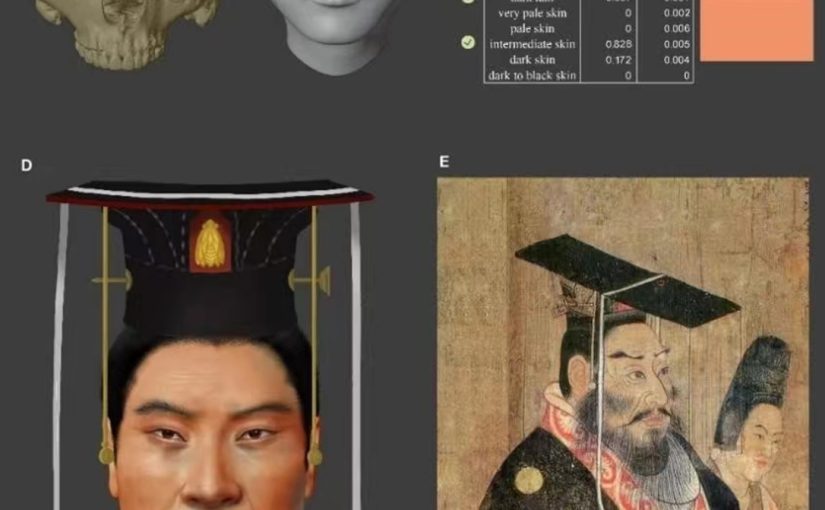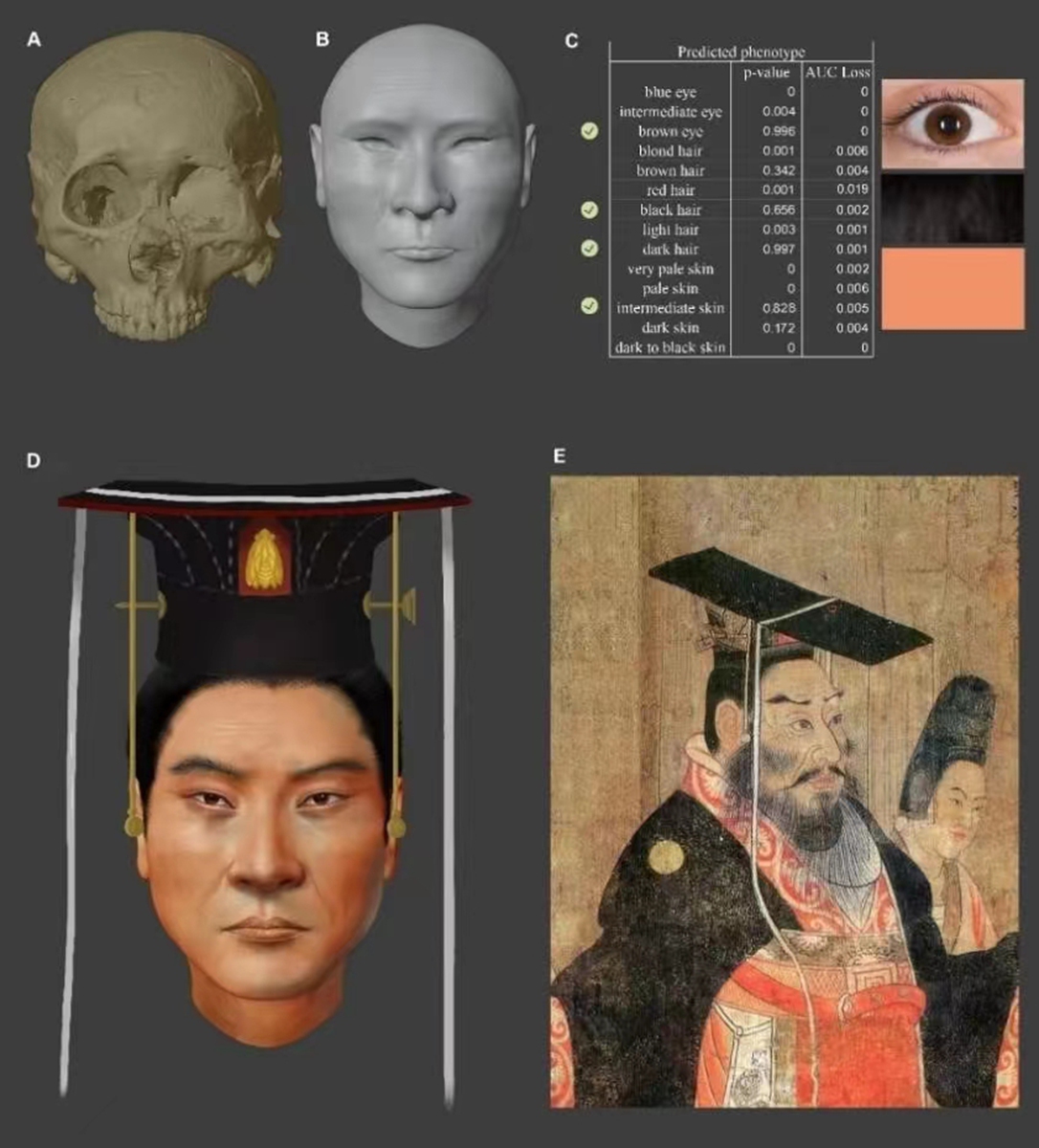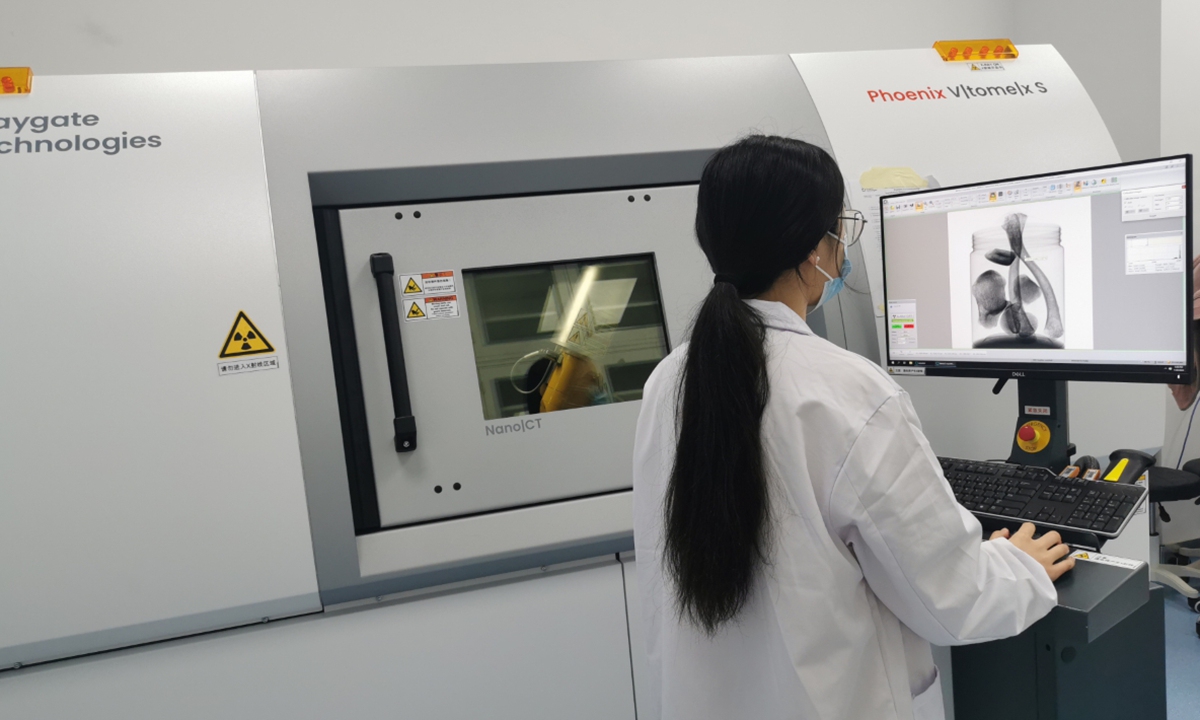<img id="673427" style="border-left-width: 0px; border-right-width: 0px; width: 100%; border-bottom-width: 0px; border-top-width: 0px" alt="Promotional material for TV series To the Wonder Photo: Courtesy of iQiyi” src=”https://www.globaltimes.cn/Portals/0/attachment/2024/2024-05-16/74235334-232b-4e40-9e4e-9c46f273e0fe.jpeg” class=”aligncenter”>
Promotional material for TV series To the Wonder Photo: Courtesy of iQiyi
Altay in Northwest China’s Xinjiang Uygur Autonomous Region is no stranger to tourists, as the prefecture is home to vast landscapes, rich culture and diverse ethnic traditions.
A recent popular TV series
To the Wonder, based on the adaptation of novel My Altay by author Li Juan and directed by Teng Congcong, has once again put the spotlight on the nomadic life in the region.
The eight-episode TV series, initially released by content platform iQiyi on May 7, has dominated social media discussions this week and now sitting at the top of Chinese view-rating site Douban scoring 8.8 out of 10. The unexpected wide recognition, including being shortlisted with other seven TV series to compete at the Cannes International Series Festival, came as a pleasant surprise to Teng and her team.
While they initially set out to create a small-scale web series, the positive reception reaffirmed their belief in the power of storytelling to bridge cultures and foster understanding.
“We weren’t thinking about going overseas at the very beginning. We didn’t think about going to Cannes or even being broadcasted on China Central Television [the national broadcaster],” Teng told the Global Times on Tuesday. “Originally, we just wanted it to be a costeffective web series.”
Central to the series is its portrayal of the clash between tradition and modernity of the local people, a theme that also resonates deeply in other parts of the world.
“I think one reason [for being shortlisted] must be our theme… The collisions between nomadic culture and urban lives may lead to the gradual disappearance of ancient cultural traditions,” Teng said.
“The many surprises that came afterward, I think it’s really because we worked hard to create a good work.”
Teng’s decision to adapt Li’s collection of essays into a TV series was made before 2018 when she discovered the “rare gem” that was Li’s prose, resonating with its themes such as self-discovery and the beauty of Altay’s landscapes.
<img id="673426" style="border-left-width: 0px; border-right-width: 0px; width: 100%; border-bottom-width: 0px; border-top-width: 0px" alt="Promotional material for TV series To the Wonder Photo: Courtesy of iQiyi” src=”https://www.globaltimes.cn/Portals/0/attachment/2024/2024-05-16/60d194be-4c5d-4352-9ab3-453eed795eea.jpeg” class=”aligncenter”>
Promotional material for TV series To the Wonder Photo: Courtesy of iQiyi
Early groundwork
Reflecting on her first encounter with Li’s writings, Teng recalls being captivated by the evocative descriptions of Altay’s beauty and the profound insights into local life. This initial fascination planted the seed for what would later become a passion project spanning several years.
The groundwork of the series started in 2020 when Teng and her crew started local exploration in Altay and conducted interviews with local people. Shooting of the series started in April 2023 and lasted 56 days.
To ensure an authentic portrayal of local life, Teng and her team hired a consulting team of four experts from Beijing-based Minzu University of China to check on-site if the details, from costumes to dialogue, in the TV series are correct when filming the scenes.
“We had a dedicated team of folk culture consultants. Whether it’s the preparation of props and costumes, the translation of the script or the pronunciation of the actors, there is a specialized team of folk culture consultants to help us oversee everything,” Teng revealed.
“There are some aspects of ethnic cultural elements during filming, and they also have to assist us in verification. For example, we had weddings and rituals, and we needed guidance on how to bind the sheep during a ceremony, and how people should dance and undress at the wedding.”
The male protagonist Yu Shi had spent half a year to learn the Kazak language rather than using a dubbing speaker to make his role more natural when filming.
“Since I couldn’t understand the Kazak language, I needed them to ensure the accuracy of the actors’ lines. I focus on performance, and they help ensure the accuracy of language interpretation,” Teng said.
Passionate mentality
Despite facing time constraints and adverse weather conditions during the shooting, the director fostered a positive work atmosphere, fueled by the team’s shared enthusiasm for the project.
“The working atmosphere has always been very good because everyone is excited about this theme, although it’s very arduous, with continuous unexpected events, everyone’s mentality is very positive,” she said. “I think this excitement also comes from love and passion.”
Whether it’s the universal themes of love and self-discovery or the authentic depiction of Altay’s culture, the series strikes a chord with viewers. Teng said she believes that the success of the series lies in its ability to connect with audiences on a human level.
“I think what will attract people is that everyone communicates sincerely, even if I sincerely disagree with you, but I sincerely respect you,” she told the Global Times. “This should actually be a very important part of human nature, the yearning for truth, goodness, and beauty.”
A clip featuring female protagonist Li Wenxiu, who is played by actress Zhou Yiran, arguing with her mother Zhang Fengxia, played by actress Ma Yili, on whether the daughter is a “useful” person, was widely circulated on social media. Zhang won the argument as she told her daughter you were not born to serve others to be “useful.”
Audiences hailed that the series healed their “spiritual exhaustion,” but Teng believed it is just a production of current time.
“Many of the audiences, especially the young generation, have a mentality of rejecting the rat race, refusing to say how much money they have to earn, what kind of house they have to buy, or even getting married just to meet their parents’ expectations,” Teng said.
“Instead of being evaluated by others as whether you are a useful person to society, or how other people’s children are doing, I think the audience is gradually liberating themselves from these [social and psychological] burdens.”



